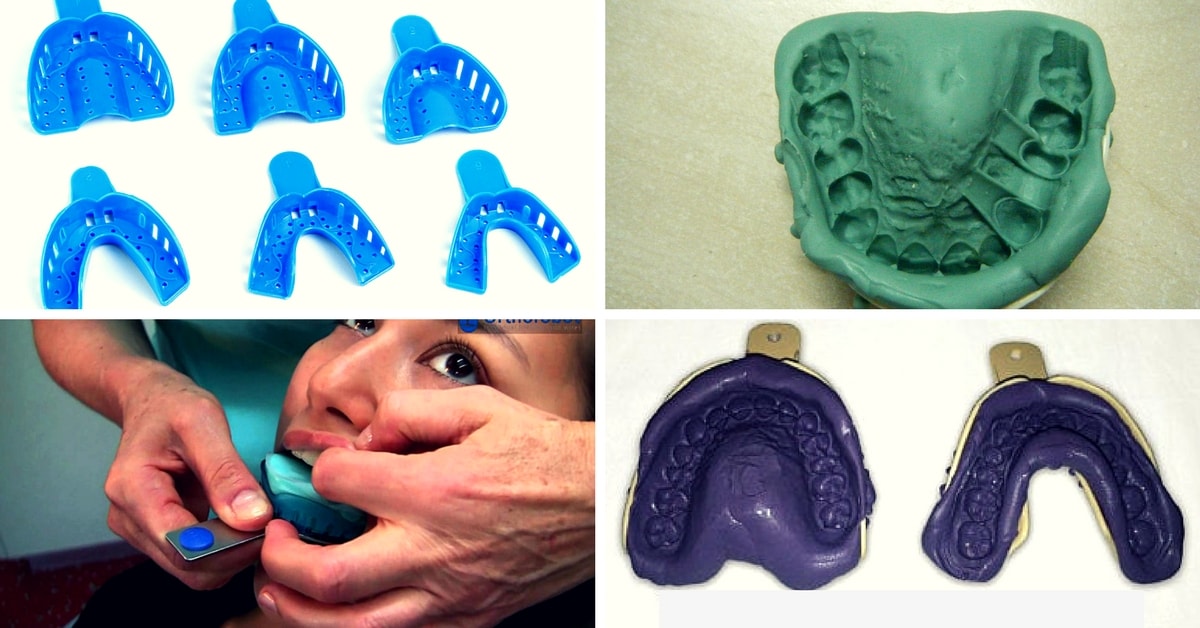

To prepare 100 g of water-alcohol extract is used:įromauxiliary substances are ethanol and purified water. Slight clouding of the solution or loss of a small amount of sediment is permissible. In the package with the medicine can contain 50 and 100 pieces of pills.ĭrops Sinupret for oral administration is released as a clear solution, which has a tan color and a pleasant aroma. The drug is released into the cell contour blisters, each containing 25 pieces of pills. Moreone tablet form of the drug - Sinupret Forte, contains the same vegetable components, but in doubled quantities.Īuxiliary substances in the composition of the dragee include: colloidal silica, sorbitol, starch, gelatin, stearic acid, lactose monohydrate, etc. Sinupret tablets are round, biconvex dragees covered with a green membrane. These active components of the drug and provide its therapeutic effect. Depending on the form of release, the medicine contains powder or extracts of herbs: primrose, elderberry, verbena, gentian, sorrel. For the youngest patients Sinupret is released as a sweet syrup. The drug is produced in the form of tablets( dragees) and drops for oral administration.
#Taking dental impression how to#
If this criteria has been met, then the dental impression was correctly taken.See Also The Best VPN Server Countries to Connect Through "Unfair and irresponsible" claim? Pinoy vlogger sa South Korea, inimbestigahan ang "Hermes snub" kay Sharon Cuneta English Pronunciation Rules and How to Learn Them Modes of Communication: Types, Meaning and Examples | Leverage Edu A dental hygienist should ensure that the impression material is correctly extended throughout the tray, that the final impression has good surface detail, and that all of the relevant anatomical landmarks have been incorporated. The Ideal Impressionĭentistry professionals know that there are three key measurements of whether or not an ideal impression has been taken. These materials are commonly used to fill the tray when taking an impression, since they are stiff and can gain close contact with the teeth. Medium to heavy body silicone is much thicker compared to light body. For example, a tooth that is being prepared for a crown would require light body silicone for extreme accuracy. Light body silicone is used when a lot of detail is needed. Silicone impressions are available in several varieties of density, which range from light to medium to heavy bodied. Experts know that alginate is the most popular impression material choice for dentists because it is inexpensive, easy to remove and control, and it has a neutral taste. Ita��s important to note that alginate cannot return to a solution state once it has been gelatinized, which is ideal since dental moldings need to be firm in order to be used to create reparative products. Alginate is a gelatinous substance derived from seaweed, which is dispersed in water to become mouldable. Alginateĭental assistants recognize this material as the one that is most commonly used for dental impressions. The perforated one is used with alginate, while the smooth one is used with silicone. Since there are two main types of impression materials that can be used, there are also two types of traysa��one that is perforated, and another that is smoothed. The first step is to ensure that the tray fits comfortably inside the patienta��s mouth before filling it with any materials. Choosing the right tray for a patient is very important, since it can affect how accurate the impression will turn out.

Professionals with dental assistant training know that impression trays come in a variety of shapes and sizes to cater to each patient individually (since everyone has a unique mouth). This is because they are used to build tons of restorative dental items including crowns, bridges, implants, mouth guards, retainers and more. Graduates of dental assistant schools know that dental impressions play a crucial role in dentistry. Here is a quick guide to help you understand more about this process: Why Are Impressions Taken? If you plan to pursue dental hygienist training, you will eventually learn to master the technique of successfully taking dental impressions. Of course, the process of actually taking a dental impression can be quite complicated, and sometimes dental hygienists will have to perform the task several times before getting an accurate representation of the patienta��s teeth. Impressions form a negative mold or imprint of the patienta��s teeth and gums, and this mold is later used to make a positive model of the teeth. Dental professionals generally use impressions to create exact replicas of their patientsa�� teeth.


 0 kommentar(er)
0 kommentar(er)
